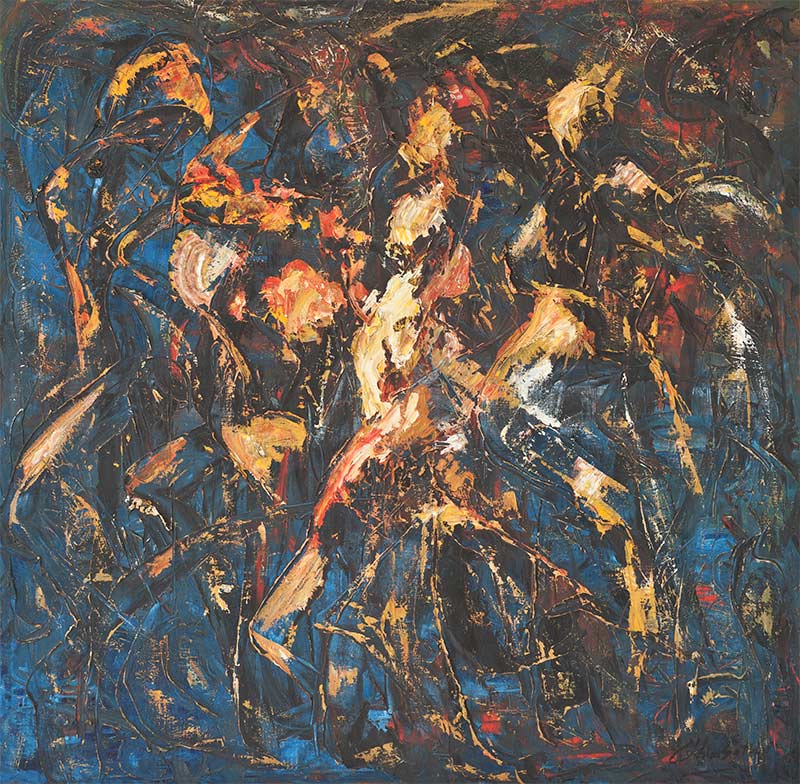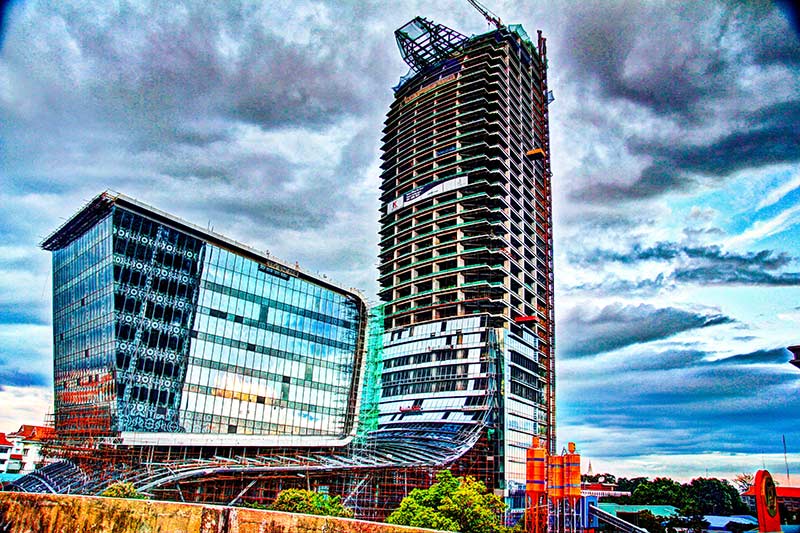
For most of it’s history, Cambodia was home to some of the most diverse and abundant arts and culture in Southeast Asia. There were singers on every corner, musicians in every village and a dancer in every child.
Music, dance and theater flourished. Traditional arts and crafts included textiles, non-textile weaving, silver-smithing, stone carving, lacquer ware, ceramics, temple murals, and kite-making.
Throughout Cambodia’s history, religious principles guided and inspired the arts. A unique Khmer style emerged from the combination of indigenous animistic beliefs and the original Indian religions of Hinduism and Buddhism. These two religions, along with the Sanskrit language and other elements of Indian civilization, arrived in mainland Southeast Asia during the first few centuries AD.
Between the 9th and 15th centuries, a prosperous and powerful empire flourished in northwestern Cambodia. The Khmer kingdom of Angkor, named for its capital city, dominated much of what is now Laos, Vietnam, and Thailand. Angkor faded into obscurity after the capital moved south to Phnom Penh, probably due in part to frequent invasions by the neighboring Thais. The jungle rapidly grew over the monuments. In the centuries that followed, frequent wars reduced the territory, wealth, and power of Cambodian monarchs. However, an independent state with its capital near Phnom Penh survived until the 19th century. The most important work of Cambodian literature, the Reamker (a Khmer-language version of the Indian myth of the Ramayana), was composed during this time.

Cambodia was integrated into the French Indochina union in 1887 along with the French colonies and protectorates in Vietnam. French experts then rediscovered the temples at Angkor and worked to preserve them, beginning in the early 20th century. Over the next 50 years the late King Father Norodom Sihanouk — patron of the arts, filmmaker and music composer — helped transform his country from French colony to nascent modern state, before seeing it consumed in the fires of civil war and the brutal dictatorship of the Khmer Rouge (1975-1979).

During the ugly years of the Pol Pot regime Khmer culture was dealt a deep and devastating blow. Performing arts were totally banned and artists, artisans, dancers and musicians were executed or died. The destruction extended well beyond the unconscionable taking of human lives — books, statues, musical instruments, artifacts and any reminders of the past were erased. It was so complete that practically only the Angkor temples stood standing.

There were fears that Khmer culture had been lost forever. However nowadays, there is an excitement in the air and a revival in traditional arts. With the coming home of some Cambodian artists who did escape overseas, the local art scene is currently witnessing a refreshing freedom to experiment and to blend the old with the new. Foreign visitors drawn to Cambodia by its ancient monuments are discovering a thriving contemporary cultural scene with art cafes, clubs and galleries springing up all over town. The Meta House team is proud to introduce you to the best artists and artworks from the past to the present.
